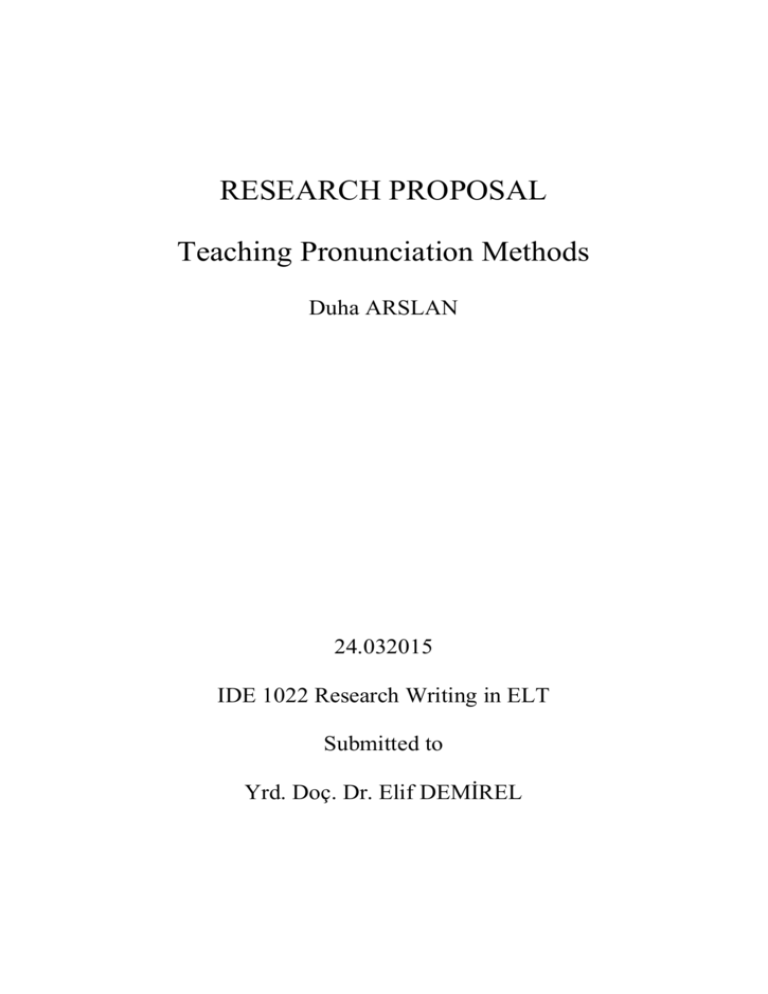

Teaching Pronunciation: The Lost Ring of the Chain.

Moghaddam, M., Nasiri, M., Zarea, A., & Sepehrinia, S. Successful ELF communications and implications for ELT: Sequential analysis of ELF pronunciation negotiation strategies. Changing contexts and shifting paradigms in pronunciation teaching. Annual Review of Applied Linguistics 27, 184-202. Computer technology in teaching and researching pronunciation. Imitating English Oral Texts: A Useful Tool to Learn English Pronunciation? Porta Linguarum, 16, 49-63. International Journal of Applied Linguistics, 21, 71–93. Accents of English as a lingua franca: a study of Finnish textbooks. English as an Asian lingua franca and the multilingual model of ELT. 25 centuries of language teaching: An inquiry into the science, art, and development of language teaching methodology, 500 B.C.-1969. Learners' Perceptions Toward Pronunciation Instruction in Three Circles of World Englishes. Current perspectives on teaching World Englishes and English as a lingua franca. Annual Review of Applied Linguistics 24,109-125. Research in teaching pronunciation and intonation. The phonology and English as an international language: new models, new norms, new goals. (1998).Which pronunciation norms and models for English as an International Language? ELT Journal, 52, 119-126. Integrating form and meaning in L2 pronunciation instruction. Journal of Language and Linguistic Studies 2,101-110. Current perspectives on pronunciation learning and teaching. Current perspectives on teaching the four skills. Native speaker norms and China English: From the perspective of learners and teachers in China. Primary stress and intelligibility: Research to motivate the teaching of suprasegmentals. Well said: Pronunciation for clear communication (3rd ed.). Survey of the teaching of pronunciation in adult ESL programs in Canada. įoote, J.A., Holtby, A.K., & Derwing, T.M. Intelligibility and the listener: The role of lexical stress. London: Department of Phonetics and Linguistics, UCL.įield, J. Native or non-native? This is the question: Which English to teach in the globalizing world? In Proceedings of PTLC 2005. English World Wide 26, 179-197.ĭziubalska-Kolaczyk K. Emergent patterns in the vowels of Singapore English. 24-37), Ames, IA: Iowa State University.ĭeterding, D. LeVelle (Eds.), Proceedings of the 1st Pronunciation in Second Language Learning and Teaching Conference, Iowa State University, Sept. Utopian goals for pronunciation teaching. Prairie Metropolis Centre Working Paper Series, WP05-09, Edmonton, AB.ĭerwing, T. English pronunciation research: The neglected orphan of Utopian Goals | 35 Selected Papers from the 1st Annual Conference on Pronunciation in Second Language Learning and Teaching second language acquisition studies. The Lingua Franca Core: A new model for pronunciation instruction? TESOL Quarterly, 39, 543-550.ĭeng, J., Holtby, A., Howden-Weaver, L., Nessim, L., Nicholas, B., Nickle, K., Pannekoek, C., Stephan, S., & Sun, M. The short and long-term effects of pronunciation instruction. New York: Cambridge University Press.Ĭouper, G. Teaching pronunciation: A course book and reference guide (2nd ed.). Cambridge, UK: Cambridge University Press.Ĭelce-Murcia, M., Brinton, D.M., Goodwin, J.M., & Griner, B. Teaching pronunciation: A reference for teachers of English to speakers of other languages. MEXTESOL Journal, 37, 1-9.Ĭelce-Murcia, M., Brinton, D.M., & Goodwin, J.M. Language Teaching Methods from the Greeks to Gattegno. (2008).The New Public Sphere: Global Civil Society, Communication Networks, and Global Governance.

IOSR Journal of Humanities and Social Science (IOSR-JHSS) 14, 21-26. (Un) Intelligibility in EIL Pronunciation: An Analysis.


 0 kommentar(er)
0 kommentar(er)
